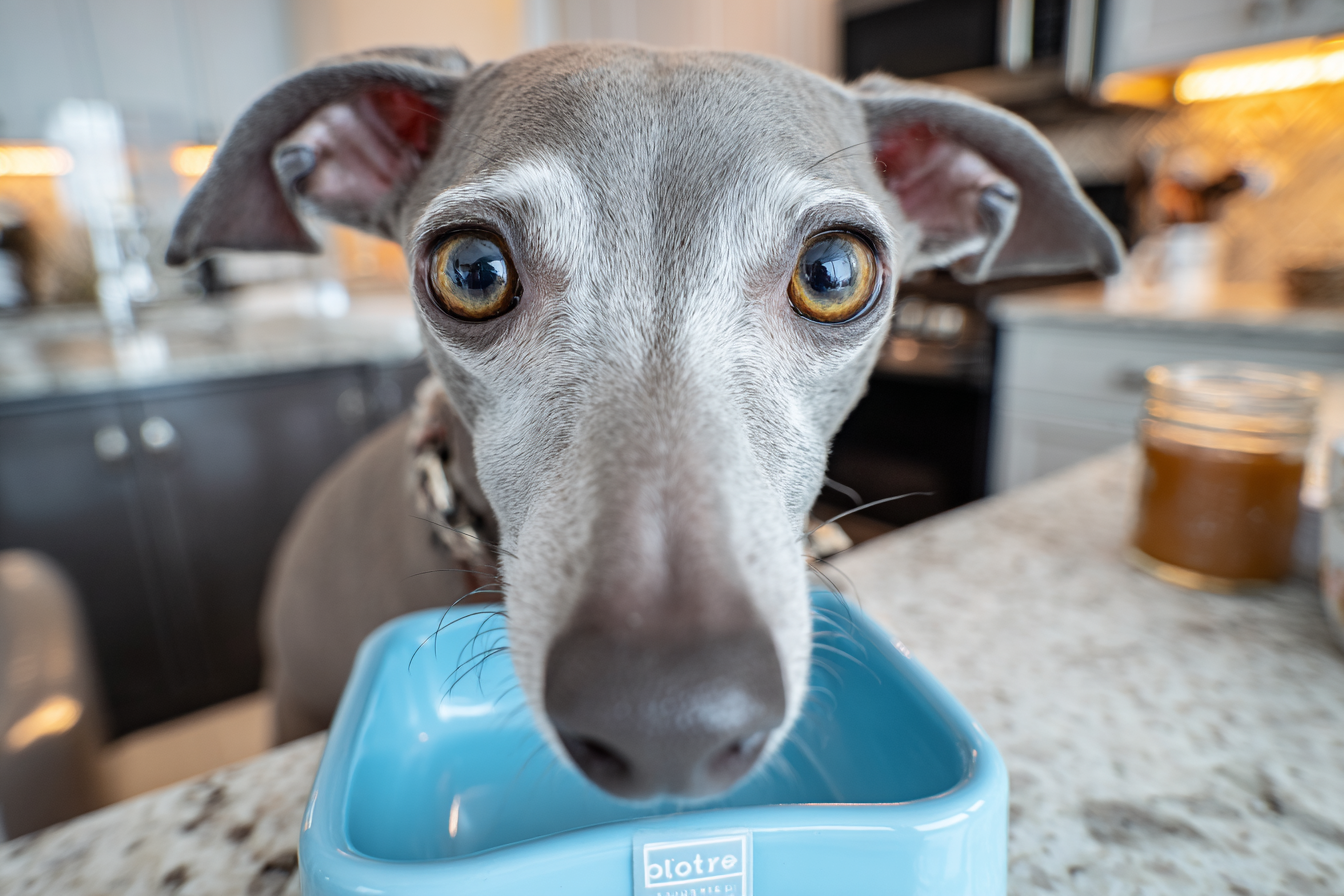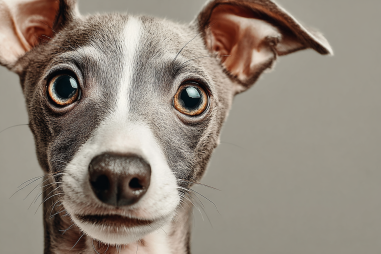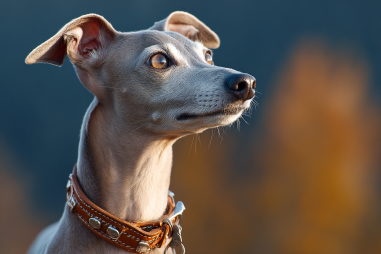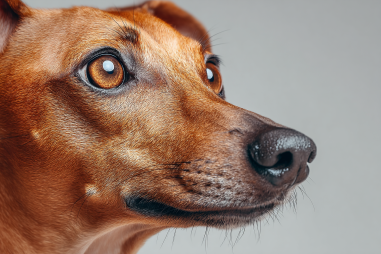Ensuring your Italian Greyhound receives proper nutrition is essential for maintaining their lively personality, sleek physique, and overall health. Known for their slender frame and boundless energy, Italian Greyhounds require a diet tailored to meet their unique nutritional demands. From choosing the right food to determining portion sizes and understanding which ingredients to avoid, this feeding guide is designed to offer you clear and helpful advice to keep your Italian Greyhound thriving at every stage of life.
Nutritional Requirements of Italian Greyhounds
Italian Greyhounds are small, delicate dogs with high metabolism and energy levels. Their nutritional needs are specific due to their lean body type, active nature, and sometimes sensitive digestive systems. A balanced diet for an Italian Greyhound should primarily focus on providing:
- High-quality protein: Proteins support muscle maintenance and repair. Look for foods with named animal proteins such as chicken, turkey, or fish as the primary ingredient.
- Healthy fats: Fats supply concentrated energy and help maintain a glossy coat and healthy skin. Sources like fish oil, flaxseed, and chicken fat are excellent choices.
- Carbohydrates: While Italian Greyhounds don’t need a high-carb diet, digestible carbohydrates such as sweet potatoes, brown rice, or barley can provide sustainable energy.
- Vitamins and minerals: Essential for immune function and overall health, these nutrients should come from balanced ingredients and supplements as necessary.
- Hydration: Keeping your Italian Greyhound well-hydrated is also crucial, so always provide fresh water along with meals.
Recommended Commercial Food Types
When it comes to commercial dog foods, premium and well-formulated options are best suited for Italian Greyhounds. Here are some types to consider:
- Dry kibble (dry dog food): Choose kibble specially formulated for small breeds. These tend to have appropriate nutrient levels and kibble size to suit their smaller mouths.
- Wet or canned food: Wet food can be easier for picky or older dogs to chew and digest. Combining wet with dry food can enhance palatability and hydration.
- Grain-free formulas: Some Italian Greyhounds may benefit from grain-free diets if they show sensitivities or allergies to grains. However, always consult a vet before switching.
- Limited ingredient diets: These options are good for dogs with known food sensitivities or allergies to help identify and avoid triggers.
Always check the label for high protein content and minimal fillers or artificial additives. Brands with transparent sourcing and quality controls are preferable.
Homemade Diet Ideas
If you prefer preparing homemade meals for your Italian Greyhound, it’s important to aim for a well-balanced diet that includes protein, fats, and carbohydrates, along with essential vitamins and minerals. Here are some ideas to get you started:
- Protein sources: Lean meats like skinless chicken, turkey, lean beef, and fish are excellent. Cook thoroughly to avoid bacteria.
- Vegetables: Carrots, green beans, sweet potatoes, and pumpkin can provide fibers and nutrients. Steam or boil vegetables to improve digestibility.
- Carbohydrates: Brown rice, quinoa, or oats can round out the meal, giving your dog steady energy.
- Supplements: Add fish oil or flaxseed oil for omega fatty acids and consult a vet for any additional supplements like calcium or multivitamins.
Consistency and balance are vital. Consider working with a veterinary nutritionist to ensure homemade diets meet all of your Italian Greyhound’s nutritional requirements.
Portion Control and Feeding Schedules
Proper portion size and feeding routine are fundamental to avoid underfeeding or obesity, which both can negatively impact your dog’s health. Italian Greyhounds have small stomachs but high energy needs, so controlling portions and meal frequency helps maintain a healthy weight and digestive comfort.
- Portion guidelines: Generally, an adult Italian Greyhound weighing 8 to 15 pounds requires about 1/2 to 1 cup of high-quality dry food daily, adjusting based on activity levels and metabolism.
- Meal frequency: Feeding twice daily is ideal, typically morning and evening, to provide steady energy and reduce hunger-related irritability.
- Treat moderation: Treats should not exceed 10% of the total daily calorie intake to prevent excessive weight gain.
Monitoring your dog’s body condition and adjusting meal size accordingly is important. If your Italian Greyhound seems too thin or overweight, consult a vet for tailored advice.
Foods to Avoid
Some common human foods and ingredients can be dangerous or toxic for Italian Greyhounds. Avoid feeding these to protect your pet’s health:
- Chocolate and caffeine: Both contain substances toxic to dogs, leading to heart and nervous system problems.
- Grapes and raisins: These can cause kidney failure in dogs.
- Onions and garlic: Even small amounts can cause anemia by damaging red blood cells.
- Alcohol: Toxic even in small quantities and can lead to poisoning.
- Fatty and fried foods: These can lead to pancreatitis and digestive upset.
- Xylitol: A sugar substitute commonly found in gum and sweets, it causes a rapid drop in blood sugar and liver failure.
Additionally, avoid excessive dairy products, raw eggs, and bones that could splinter and cause internal injuries.
Special Considerations for Puppies and Seniors
Italian Greyhound puppies and older dogs have distinct nutritional needs that must be accommodated for optimal health throughout their lives.
Puppies
Growing Italian Greyhound puppies need higher protein and calorie content to fuel their development and abundant energy. Puppy-formulated diets contain these adjustments, with added nutrients like DHA for brain development and calcium for strong bone growth. Feeding puppies three to four times daily helps support steady energy levels and digestion.
Seniors
As Italian Greyhounds age, their metabolism slows, and energy needs decrease. Senior-specific dog foods often contain fewer calories and additional antioxidants to support immune function and joint health ingredients like glucosamine and chondroitin. Senior Italian Greyhounds may benefit from diets higher in easily digestible protein and moderated fat to maintain a healthy weight and muscle tone. Frequent, smaller meals can also aid digestion if appetite decreases.
Always consult your veterinarian to adapt your Italian Greyhound’s diet to their lifecycle stage and health conditions.
Nourishing Your Italian Greyhound for a Vibrant Life
Feeding your Italian Greyhound the right diet is one of the best investments you can make in their wellbeing. By providing high-quality nutrition tailored to their unique needs, selecting appropriate foods, managing portion control, and avoiding harmful ingredients, you’ll help ensure they stay energetic, healthy, and happy for years to come. Whether you choose commercial food or homemade meals, pay attention to your pet’s response, body condition, and lifestyle. When in doubt, your veterinarian is an invaluable resource in crafting the perfect feeding plan for your elegant little companion.







